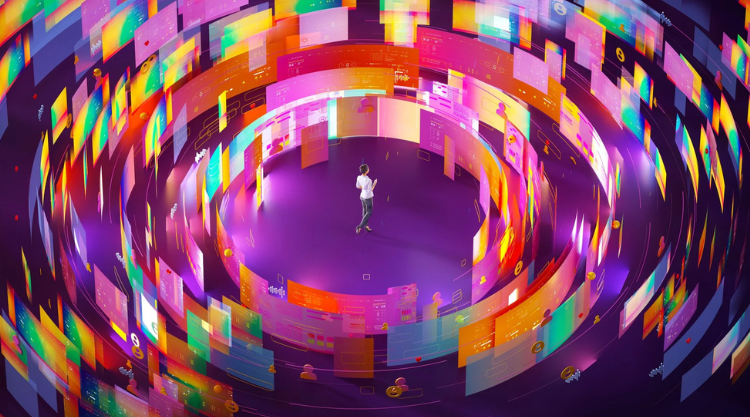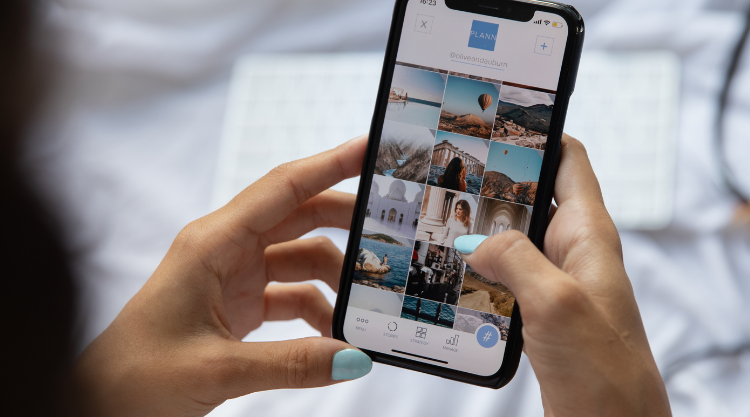Holiday spend shows continued strength, with 42% of consumers planning to spend more than last year, with online sales expected to reach $270 billion in the US and £28.1 billion in the UK, according to Forrester Research. But the bigger shift for advertisers isn’t budget; it’s how decisions are being made before dollars move.
Food and beverages (86%) lead purchase intent this season, followed by beauty and wellness (58%), apparel (56%), media (47%), toys (47%), and gift cards (46%).
Holiday Shopping Starts Earlier Than Ever
This year’s consumer data shows that shopping timelines have shifted forward, continuing a trend toward earlier decision-making. Among 450 respondents, 41% say they’ll shop earlier than last year, while just 8% will shop later, and 51% expect no change. For brands, this means the consideration window – and opportunity for influence – now opens weeks before peak purchase periods. Being visible across high-trust, research-heavy environments early in the season is critical to capturing intent before it crystallizes.
AI is an Upstream Influence of the Cart, and Reshaping the Shortlist
Three out of four consumers have ever used AI to plan purchases (81% UK, 74% US). Usage is highest in big-ticket categories – automotive, electronics, home improvement, and jewelry – where AI is used heavily for price and value research.
Advertiser implications:
- Be present before AI narrows options; otherwise, you’re competing post-decision.
- Early-funnel exposure across premium, research-adjacent inventory – like news, reviews, and enthusiast sites, as well as CTV and video – is critical.
Publisher implications:
- Premium, research-adjacent inventory can command higher CPMs.
- High-consideration categories maximize yield; habitual categories less so.
Add-On Spending Shows Persuasion Is Still Alive
AI makes shoppers more deliberate, but not immovable. Desire-driven, more visual categories that rely on AI early – sporting goods, toys, beauty, jewelry – see more unplanned add-on spend.
By contrast, planned or price-anchored categories are less influenceable and require early-stage persuasion. Consumers report they “never add unexpected items” when shopping for computers & electronics (22%), gift cards (20%), or travel (19%).
Advertiser implications:
- While AI shapes media planning, last-mile influence wins conversions. Premium commerce placements connect with consumers most likely to engage and convert.
- Target high-impulse categories with dynamic creative showcasing complementary products. Reserve considered messaging for experiences, electronics, and gift cards.
Publisher implications:
- Last-mile impressions in moveable categories create incremental revenue.
- Package high-consideration inventory, leverage video/CTV, and emphasize point-of-decision value to buyers.
Winning the 2025 Holiday Season
As AI reshapes how shoppers make purchase decisions amid one of the most competitive retail seasons in years, marked by economic pressure and cautious spending, the brands and publishers that move fastest will capture both attention and incremental spend.
Get in touch to learn how PubMatic’s holiday auction packages can help you maximize performance this holiday season.





